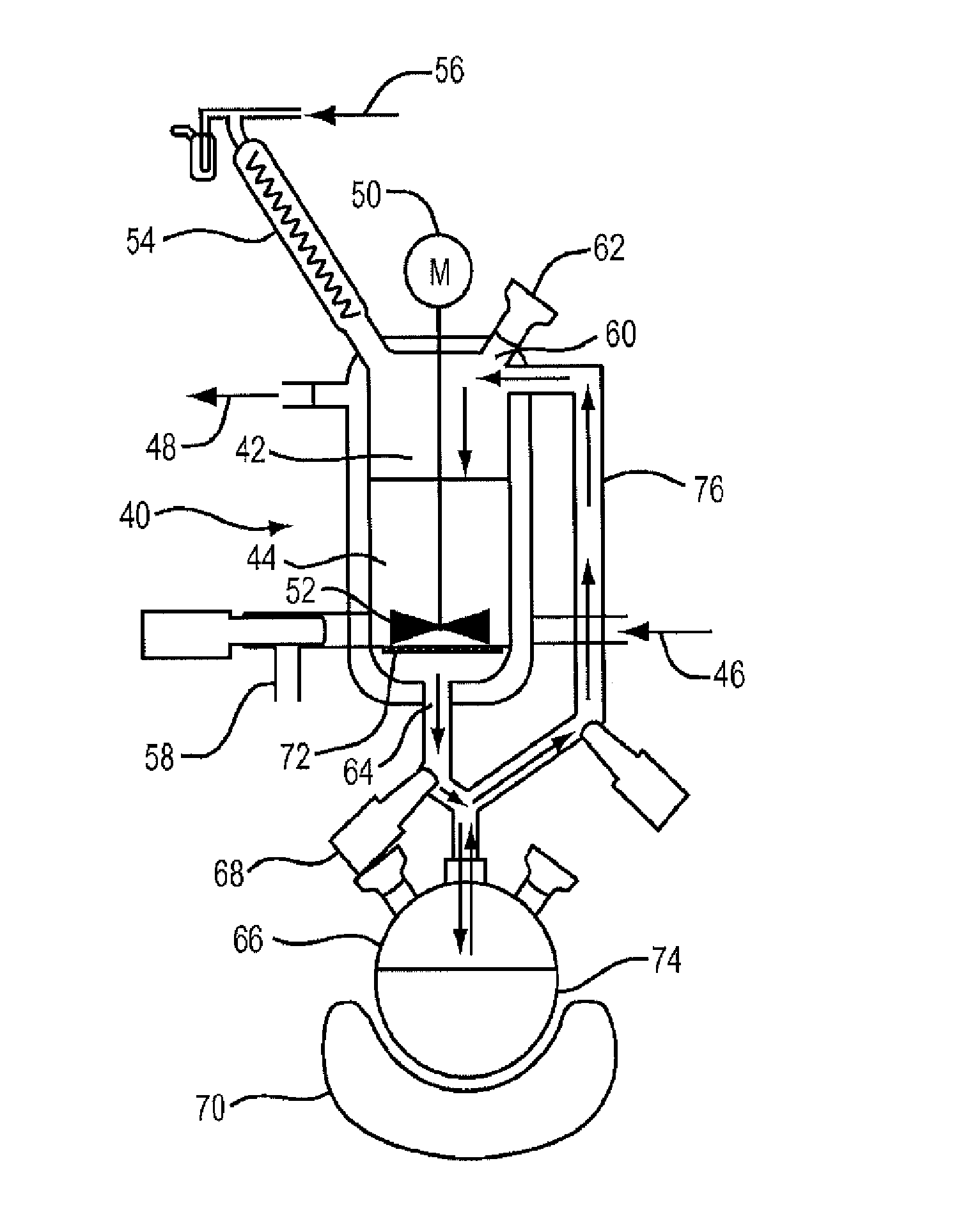High performance ziegler-natta catalyst systems, processes for producing such catalyst systems, and use thereof
a catalyst system and high-performance technology, applied in the direction of catalyst activation/preparation, physical/chemical process catalysts, chemical/physical processes, etc., can solve the problems of polymers with fully different performance profiles, reactor shutdown, and steep rise in xs content, and achieve excellent hydrogen response and stereoselectivity , the effect of high activity
- Summary
- Abstract
- Description
- Claims
- Application Information
AI Technical Summary
Benefits of technology
Problems solved by technology
Method used
Image
Examples
examples
Catalyst Synthesis
[0079]The general procedure and the equipment used for the synthesis of the catalyst components are described in patent application WO 2009 / 152268 A1, which is incorporated herein by reference to the extent not contradictory with embodiments disclosed herein.
[0080]Catalysts were made using sixty micron support (d50) with a span [d50 / (d90-d10)] of 0.8 of spherical MgCl2-xEtOH, where x is 3.1. If not mentioned otherwise, for each catalyst preparation a mixture of 70 wt % TiCl4 and 30 wt % heptane were initially charged to the glass reactor and cooled down to temperatures of about −5° C. Then the MgCl2-3.1EtOH support was added over a period of about 45 minutes while maintaining temperatures below 0° C. The molar ratio of Mg / Ti used is provided for each catalyst below.
[0081]While the actual quantities of the initial charges vary slightly for each catalyst preparation run, the initial charge was based on using 10 g of MgCl2-3.1EtOH support, unless noted otherwise. Afte...
PUM
| Property | Measurement | Unit |
|---|---|---|
| Particle size | aaaaa | aaaaa |
| Weight ratio | aaaaa | aaaaa |
| Ratio | aaaaa | aaaaa |
Abstract
Description
Claims
Application Information
 Login to View More
Login to View More - R&D
- Intellectual Property
- Life Sciences
- Materials
- Tech Scout
- Unparalleled Data Quality
- Higher Quality Content
- 60% Fewer Hallucinations
Browse by: Latest US Patents, China's latest patents, Technical Efficacy Thesaurus, Application Domain, Technology Topic, Popular Technical Reports.
© 2025 PatSnap. All rights reserved.Legal|Privacy policy|Modern Slavery Act Transparency Statement|Sitemap|About US| Contact US: help@patsnap.com



